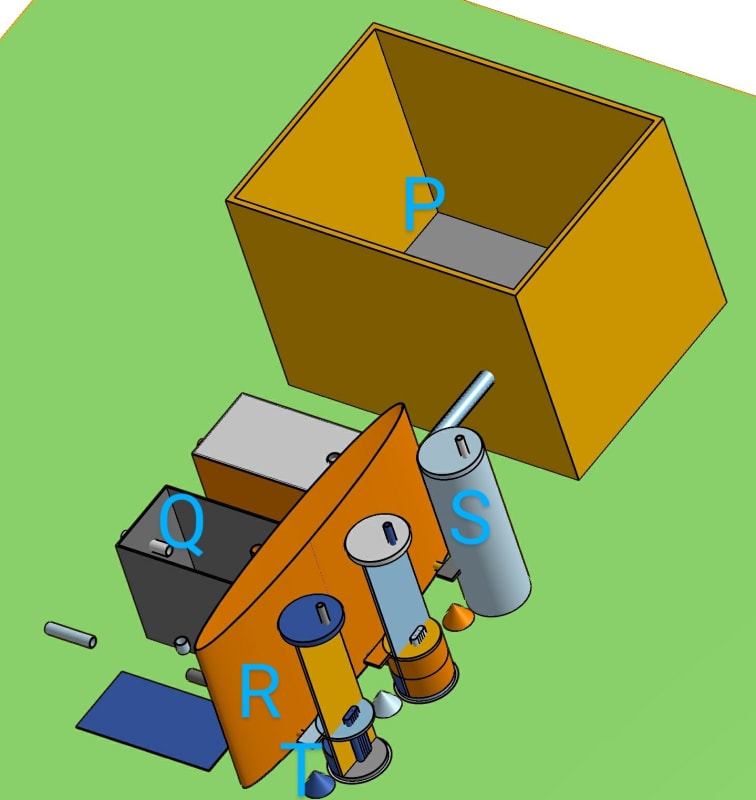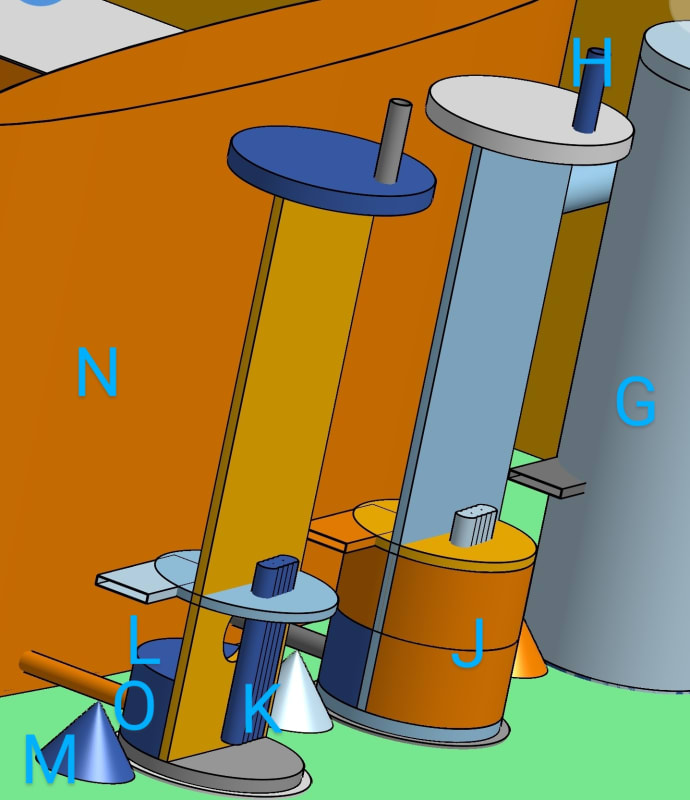Carbodynamics
Industrial
- Aug 24, 2021
- 19
thread730-443054
CO2 can be removed from the atmosphere and separated into solid carbon and oxygen gas. Essentially unburning carbon.
Switching to renewable energy sources will reduce CO2 emissions however it won't remove excess CO2 in the atmosphere as a result of the combustion of fossil fuels.
2Mg + CO2 ⇌ 2MgO + C
Solid carbon submerged is relatively inert and compact.
Electrolytically recovering the Mg and collecting CO2 will require energy from renewable sources. This is the mechanism that I propose. Does anyone have any arguments against using it to sequester atmospheric CO2?
CO2 can be removed from the atmosphere and separated into solid carbon and oxygen gas. Essentially unburning carbon.
Switching to renewable energy sources will reduce CO2 emissions however it won't remove excess CO2 in the atmosphere as a result of the combustion of fossil fuels.
2Mg + CO2 ⇌ 2MgO + C
Solid carbon submerged is relatively inert and compact.
Electrolytically recovering the Mg and collecting CO2 will require energy from renewable sources. This is the mechanism that I propose. Does anyone have any arguments against using it to sequester atmospheric CO2?


